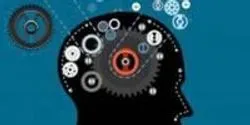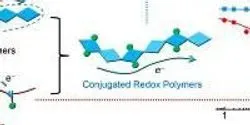News

Consumers are one step closer to benefiting from packaging that could give simple text warnings when food is contaminated with deadly pathogens like E. coli and Salmonella, and patients could soon receive real-time diagnoses of infections such as C. difficile right in their doctors’ offices, saving critical time and trips to the lab.

A team of Virginia Tech researchers discovered a way to create hydrogen fuel using a biological method that greatly reduces the time and money it takes to produce the zero-emissions fuel. This method uses abundantly available corn stover – the stalks, cobs, and husks – to produce the hydrogen.

Collective, fast diffusion observed by Ames Laboratory team could represent a new way to grow perfect, tiny metal nanostructures.

With a $1.3 million grant from the Air Force Research Laboratory, researchers at Rensselaer Polytechnic Institute will explore the design and potential of next-generation supercomputers that incorporate a highly efficient “neuromorphic” processor, which more closely represents the human brain in its architectural design.

Earlier on April 5, the world’s most powerful particle accelerator began its second act. After two years of upgrades and repairs, proton beams once again circulated around the Large Hadron Collider, located at the CERN laboratory near Geneva, Switzerland.















